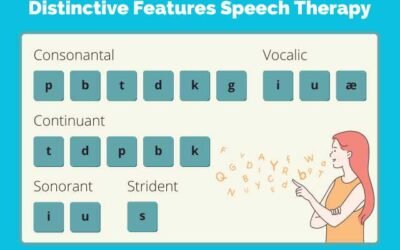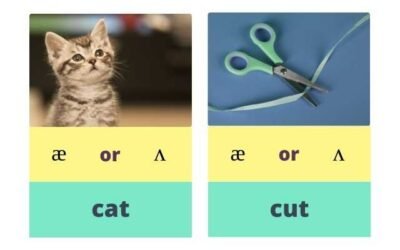BASLP 3rd Semester Notes » Paper 2: Speech Sound Disorders
Unit 3: Assessment of Speech Sound Disorders – II
- Introduction to independent and relational analysis.
- Independent analyses – phonetic inventory, phonemic inventory and phonotactic inventory (utility of independent analysis for analysis of speech of young children and children with severe speech sound disorders).
- Relational analyses – SODA, pattern analysis, (distinctive features, phonological process analysis).
- Phonological processes analyses – language specific issues, identification and classification of errors.
- Assessment of oral peripheral mechanism.
- Speech sound discrimination assessment, phonological contrast testing.
- Stimulability testing.
- Determining the need for intervention – speech intelligibility and speech severity assessment.
- Factors influencing target selection – stimulability, frequency of occurrence, developmental appropriateness, contextual testing, and phonological process analysis.
- Case study – Documenting the assessment findings and determining the need for intervention.
Distinctive Features Speech Therapy
Distinctive Features Speech Therapy: Distinctive feature therapy is a specialized approach within speech therapy that focuses on targeting and refining specific speech sound features. It addresses the unique elements that distinguish one sound from another, allowing...
Minimal Pairs Speech Therapy for Articulation Disorder
Minimal Pairs Speech Therapy for Articulation Disorder: In the world of language, nuances matter, and even the slightest differences in pronunciation can lead to significant distinctions in meaning. This intricate play of sounds and syllables forms the basis of...
How to do an Oral Mechanism Exam
How to do an Oral Mechanism Exam: The Oral Mechanism Exam, often referred to as the Oral Peripheral Mechanism Examination (OPME), is a comprehensive assessment conducted by speech-language pathologists, dentists, and other healthcare professionals. It aims to evaluate...
Phonetic Inventory Phonemic Inventory and Phonotactic Inventory
Phonetic Inventory Phonemic Inventory and Phonotactic Inventory: Phonetic Inventory refers to the complete set of distinct speech sounds utilized in a specific language. It encompasses both consonants and vowels, capturing the subtle variations in pronunciation that...
Articulation Disorder – Substitution Omission Distortion and Addition
Articulation Disorder - Substitution Omission Distortion and Addition: Articulation disorder is a speech disorder that affects the way individuals produce sounds and words. It can impact a person's ability to communicate effectively, leading to difficulties in social...
Speech Sound Disorders – Articulation Phonological and Organic
Speech Sound Disorders - Articulation Phonological and Organic: Speech sound disorders refer to difficulties in producing speech sounds correctly. These disorders can affect individuals of all ages, but they are mostly observed in children during their early...
Phonological Disorder and Types of Phonological Processes
Phonological Disorder and Types of Phonological Processes: When learning to speak, typically developing children use phonological processes, or patterns of sound errors, to simplify their speech. A phonological disorder develops when phonological processes continue...
Follow us on
For more updates follow us on Facebook, Twitter, Instagram, Youtube and Linkedin
Contact us
Contact us for any query related to Audiology & Speech Language Pathology Courses
About us
Contact us for any query related to Audiology & Speech Language Pathology Courses







